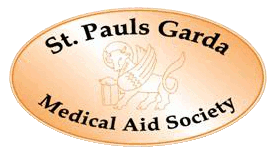Warts are tumours or growths of the skin caused by infection with Human Papillomavirus (HPV). More than 70 HPV subtypes are known. Warts are particularly common in childhood and are spread by direct contact or autoinocculation. This means if a wart is scratched, the viral particles may be spread to another area of skin. It may take as long as twelve months for the wart to first appear.
What do they look like?
Warts have a hard ‘warty’ or ‘verrucous’ surface. You can often see a tiny black dot in the middle of each scaly spot, due to a thrombosed capillary blood vessel. There are various types of viral wart.
- Common warts arise most often on the backs of fingers or toes, and on the knees.
- Plantar warts (verrucas) include one or more tender inwardly growing ‘myrmecia’ on the sole of the foot.
- Mosaic warts on the sole of the foot are in clusters over an area sometimes several centimetres in diameter.
- Plane, or flat, warts can be very numerous and may be inoculated by shaving.
- Periungual warts prefer to grow at the sides or under the nails and can distort nail growth.
- Filiform warts are on a long stalk.
- Oral warts can affect the lips and even inside the cheeks.
They include squamous cell papillomas. - Genital warts are often transmitted sexually and predispose to cervical, penile and vulval cancer.
In children, even without treatment, 50% of warts disappear within 6 months; 90% are gone in 2 years. They are more persistent in adults but they clear up eventually.
Warts are particularly numerous and troublesome in patients that are immunosuppressed, most often due to medications such as azathioprine or ciclosporin. In these patients, the warts almost never disappear despite treatment.














